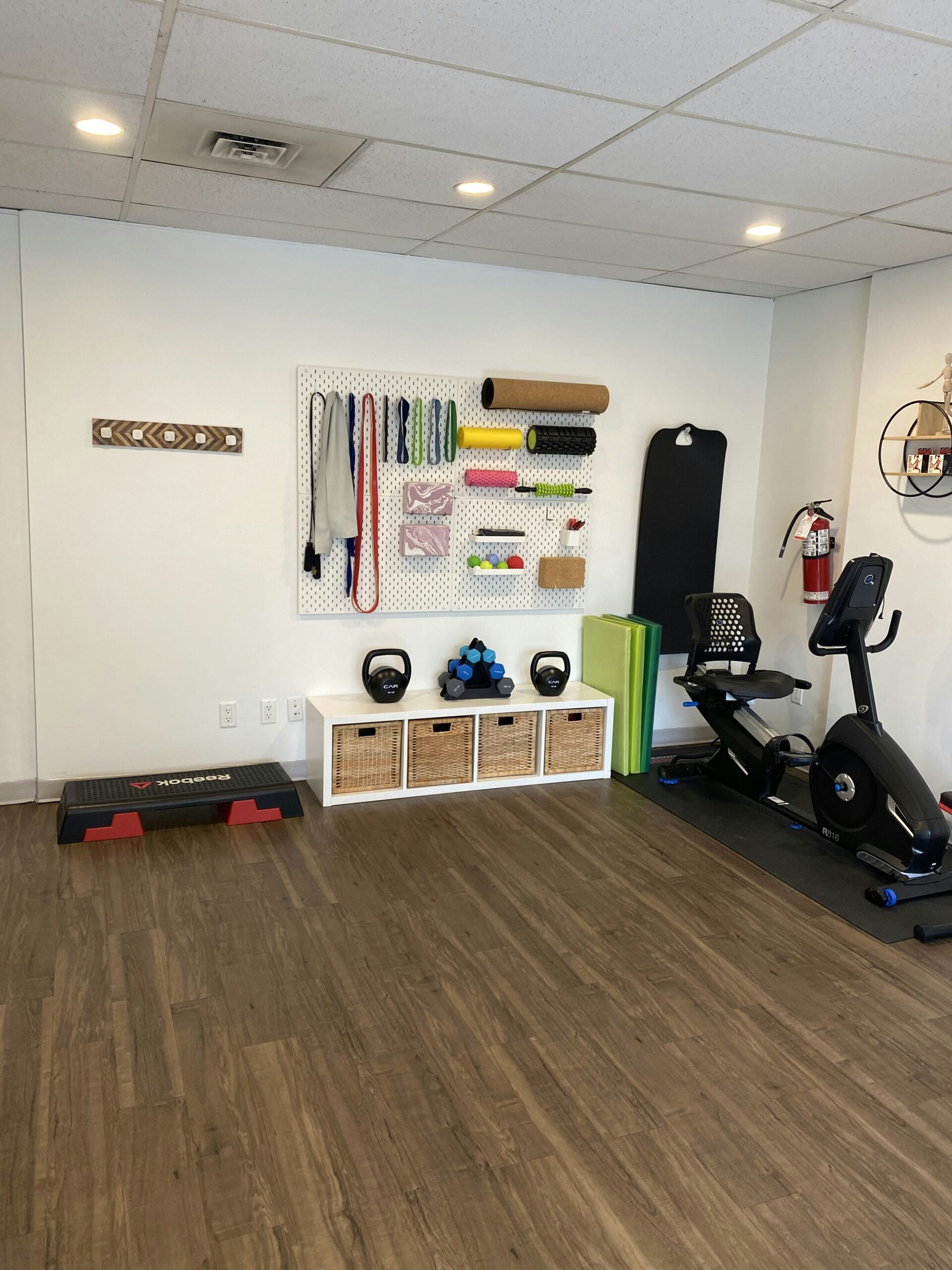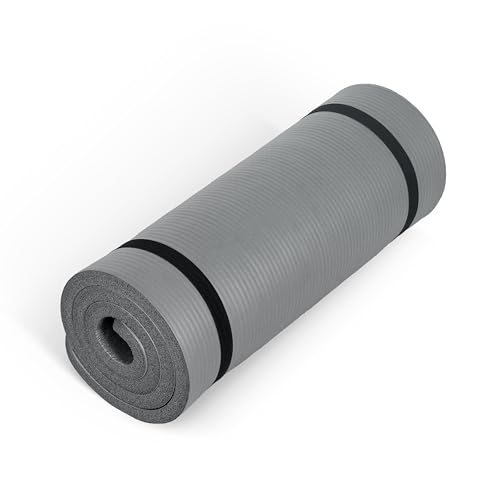
Understanding Your Fitness Goals
Before embarking on any fitness journey, it is critical to establish clear and specific fitness goals. By defining what you aspire to achieve, whether it be weight loss, muscle building, improving cardiovascular health, or enhancing flexibility, you can tailor your exercise regime to align with those objectives. A well-articulated goal acts as a guiding compass, directing your choices and ensuring that your efforts are productive and measurable.
The first step in this personal exploration involves self-assessment. Take the time to consider your current fitness level, lifestyle, and preferences. Are you looking to shed excess pounds, or is your priority to gain strength and build muscle mass? Perhaps you aim to improve your endurance for long-distance running, or you may desire greater flexibility for daily activities or sports. Each goal requires a different approach and exercise type, making it essential to pinpoint your primary objectives.
A focus on weight loss, for instance, tends to favor cardiovascular exercises such as running, cycling, or swimming, which are effective at burning calories. In contrast, those with a goal of muscle building might gravitate towards resistance training, utilizing weights to stimulate muscle growth. This distinction is important as it directly influences the selection of exercises and routines that support your individual needs.
Moreover, understanding your goals can aid in keeping motivation high. When you have a clear vision of what you want to achieve, it is easier to hold yourself accountable and measure your progress. As you advance, it’s also vital to revisit these goals, ensuring they remain aligned with your evolving ambitions and capacities. In conclusion, setting well-defined fitness goals not only informs your choice of exercise type but also enhances your overall journey towards a healthier lifestyle, ensuring that every workout is purpose-driven and satisfying.
- LIGHTWEIGHT & THICK YOGA MAT: These durable, yet lightweight exercise yoga mats are extra thick for the additional cushi…
- STICKY NON-SLIP TEXTURE: Yoga mat features a textured sticky non-slip surface for excellent traction and superior grip a…
- NON-TOXIC & 7P FREE – PVC yoga mat is a healthier choice for you and the planet and free of DEHP, DBP, BBP, DINP, DIDP, …
Assessing Personal Preferences and Enjoyment
When it comes to establishing a sustainable fitness routine, personal preference and enjoyment stand at the forefront of successful exercise selection. Engaging in physical activity that aligns with one’s interests can significantly boost motivation levels, leading to greater adherence and consistency over time. This is primarily because individuals who enjoy their workouts are less likely to view them as a chore, and more as a fulfilling and rewarding endeavor.
The variety of exercise options available today is vast and diverse, ranging from traditional activities such as running, swimming, or cycling, to group fitness classes, yoga, dance, and more strength-focused workouts. The key lies in identifying what resonates most with one’s unique personality and fitness goals. For instance, those who thrive in social environments might find group classes energizing, while others may prefer solitary activities like jogging or swimming. Understanding these preferences can dramatically enhance one’s likelihood of sticking with an exercise routine long-term.
Experimenting with different exercise types can serve as an effective strategy to uncover what activities bring joy and satisfaction. Participating in a variety of classes or trying new sports can not only stave off boredom but also unveil untapped interests that may lead to a more enriching fitness experience. It is beneficial to approach this exploration with an open mind, as sometimes an unexpected activity can become a newfound favorite. Keeping a journal to track feelings and preferences during various workouts might also aid in this process, allowing individuals to reflect on what truly resonates with their lifestyle.
Ultimately, prioritizing personal preference and enjoyment in exercise selection is paramount. By focusing on activities that genuinely excite and motivate, individuals are more likely to commit to their fitness journey, fostering a balanced and healthy lifestyle.
Evaluating Physical Limitations and Health Conditions
When it comes to selecting the appropriate type of exercise, it is imperative to consider individual physical limitations and existing health conditions. Each person’s fitness journey is unique, shaped by factors such as age, medical history, and physical capabilities. Prior to starting any exercise regimen, individuals should conduct a thorough self-assessment to identify their strengths and limitations. This introspection allows for a tailored approach that minimizes the risk of injury while maximizing the benefits of physical activity.
A key aspect of this evaluation involves reviewing any pre-existing health conditions or past injuries. For instance, individuals with joint problems may need to avoid high-impact exercises that could exacerbate their condition. In such cases, low-impact alternatives, such as swimming or cycling, may be more suitable. Additionally, individuals with cardiovascular concerns ought to consult healthcare professionals to ensure they select activities that are not only enjoyable but also safe.
Seeking advice from medical professionals, such as physical therapists or certified trainers, can further enhance the assessment process. These experts can offer personalized recommendations based on an individual’s health background and fitness goals. They may suggest modifications to traditional exercises or provide alternative workouts that achieve similar benefits without straining vulnerable areas.
It is important to remember that modifications can play a crucial role in fostering a successful exercise experience. Adaptations like adjusting the intensity or duration of workouts can cater to specific needs while maintaining effectiveness. In essence, a thoughtful evaluation of one’s physical limitations and health conditions is essential for creating a safe, beneficial, and enjoyable exercise program that promotes long-term adherence and overall well-being.
Creating an Action Plan: Steps to Get Started
To embark on a successful fitness journey, it is essential to create a personalized action plan that aligns with your specific goals, preferences, and limitations. Start by establishing a clear timeline for initiating your new exercise routine. Setting a start date creates a sense of urgency and commitment, encouraging you to prioritize your fitness objectives. Aim for a start date that allows you ample time for preparation, ensuring you feel ready to take on your new challenges.
Next, gather the necessary equipment or resources that will facilitate your workouts. Depending on the type of exercise you plan to engage in, this could range from workout attire and footwear to equipment such as weights, resistance bands, or even a gym membership. Consider local resources like community classes or outdoor parks, which may offer free or low-cost options for different types of physical activity.
Establishing a flexible schedule is crucial for creating consistency in your exercise routine. Assess your daily and weekly commitments to identify time slots that can be allocated to your fitness activities, ensuring that your schedule does not feel overwhelming. Aim to incorporate a variety of exercise types to keep your routine engaging, alternating between cardio, strength training, and flexibility exercises based on your preferences.
Monitoring your progress is another key component in maintaining motivation. Utilize a fitness journal or digital app to log your workouts, noting improvements in strength, endurance, or flexibility. This not only helps you remain accountable but also serves as a visual reminder of your journey and achievements. Finally, be adaptable in your approach. If you find certain workouts unenjoyable or unchallenging, don’t hesitate to reassess your plan and make adjustments. This adaptability will ensure continued engagement and prevent stagnation.



